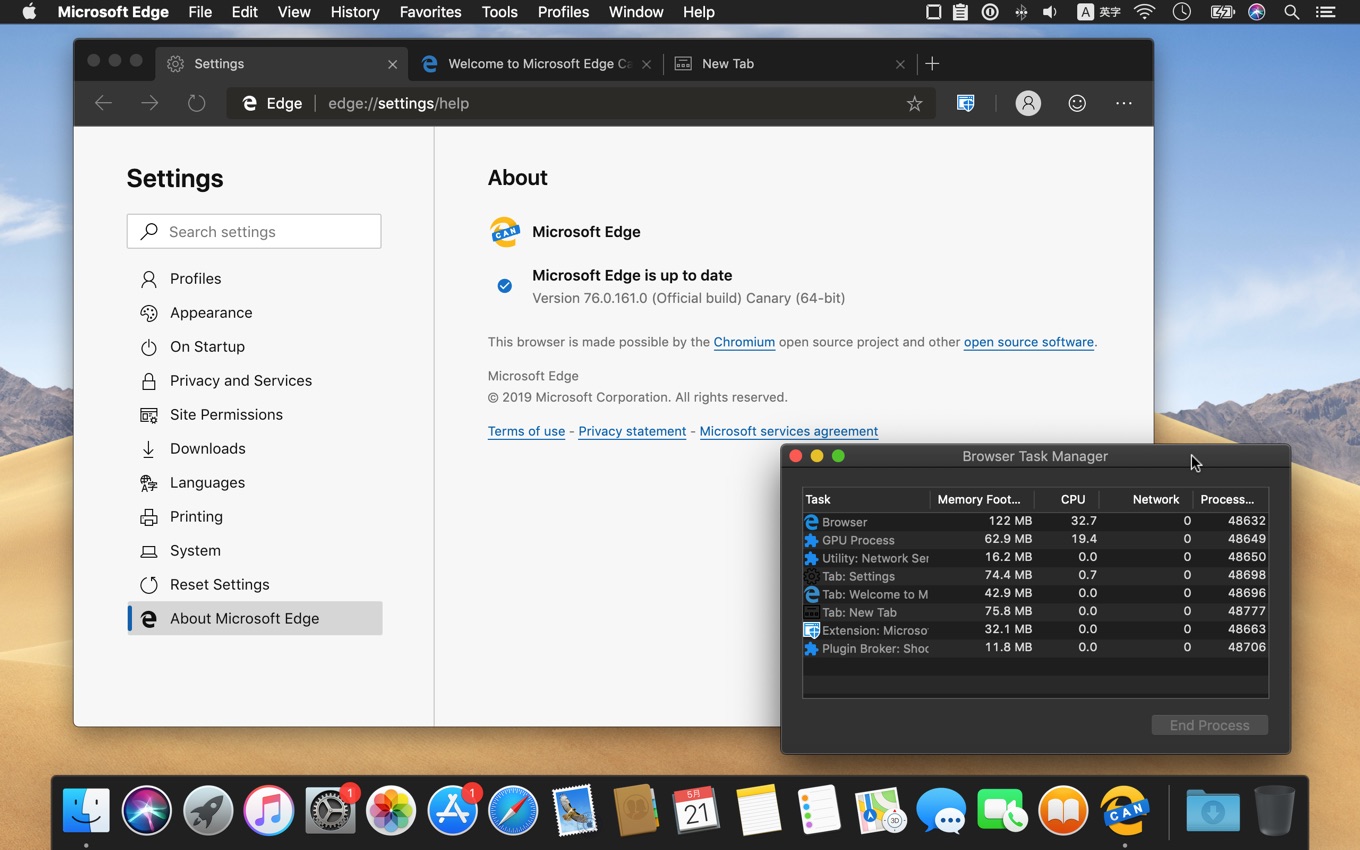
For now, only the less stable nightly Canary builds are available, with the somewhat more stable, weekly Dev builds coming soon. Microsoft has announced today, via The Verge, that the first builds of Edge for macOS are ready for testing. We’ve known since its first official announcement, that Microsoft had intended to make the new Edge available on macOS, though no specific timeline was shared. At the same time, though, the company has put a great deal of effort, over the past few years, to make their products great for everyone, not just Windows users. When we first discovered that Microsoft was contributing to Google’s Chromium project, no one could have dreamed that it would culminate in Edge becoming a cross-platform application. As of today, the new, Chromium-based Microsoft Edge is ready to try out on macOS. One of the exciting prospects to come out of that development is that Edge would be available on non-Windows platforms.

So, to summarize, Microsoft signs Edge but Edge is not complete and subject to change, so we don't officially support it - but are hoping to once it's done.though a lot depends on how Microsoft ends up doing things with regard to certification of extensions for Edge, which is still up in the air (or, at least, not publicly documented).Since late last year, we’ve been following the development of Microsoft’s attempt to start fresh and do things better with their Edge browser by rebuilding it based on Google’s Chromium (the foundation of Google Chrome). Everything else that comes after is functionally different, though the goal is the same. The only thing that's the same between the two platforms in this regard is nothing to do with the platform itself, but rather the fact that the organization doing the signing at the beginning (the browser vendor) is generally using a single known certificate everywhere. However, Windows and macOS are completely different in 1) how apps are actually structured in the first place, 2) how codesigning works, and 3) how verification can be done. Organizations building their own browsers from Chromium (Google is technically one as well) sign it when distributing it so their users can confirm its source and that it has not been modified what what they actually shipped.ġPassword uses this code signature as a way to also programatically do the same: verify that the browser is from a known, original source (not unknown and/or tampered with).

Others use the Chromium source as a base for their own browsers, such as Brave, Vivaldi,, and more recently Edge. Chromium is an open source project, and isn't intended for broad distribution like Chrome, so Google does not sign it.


 0 kommentar(er)
0 kommentar(er)
